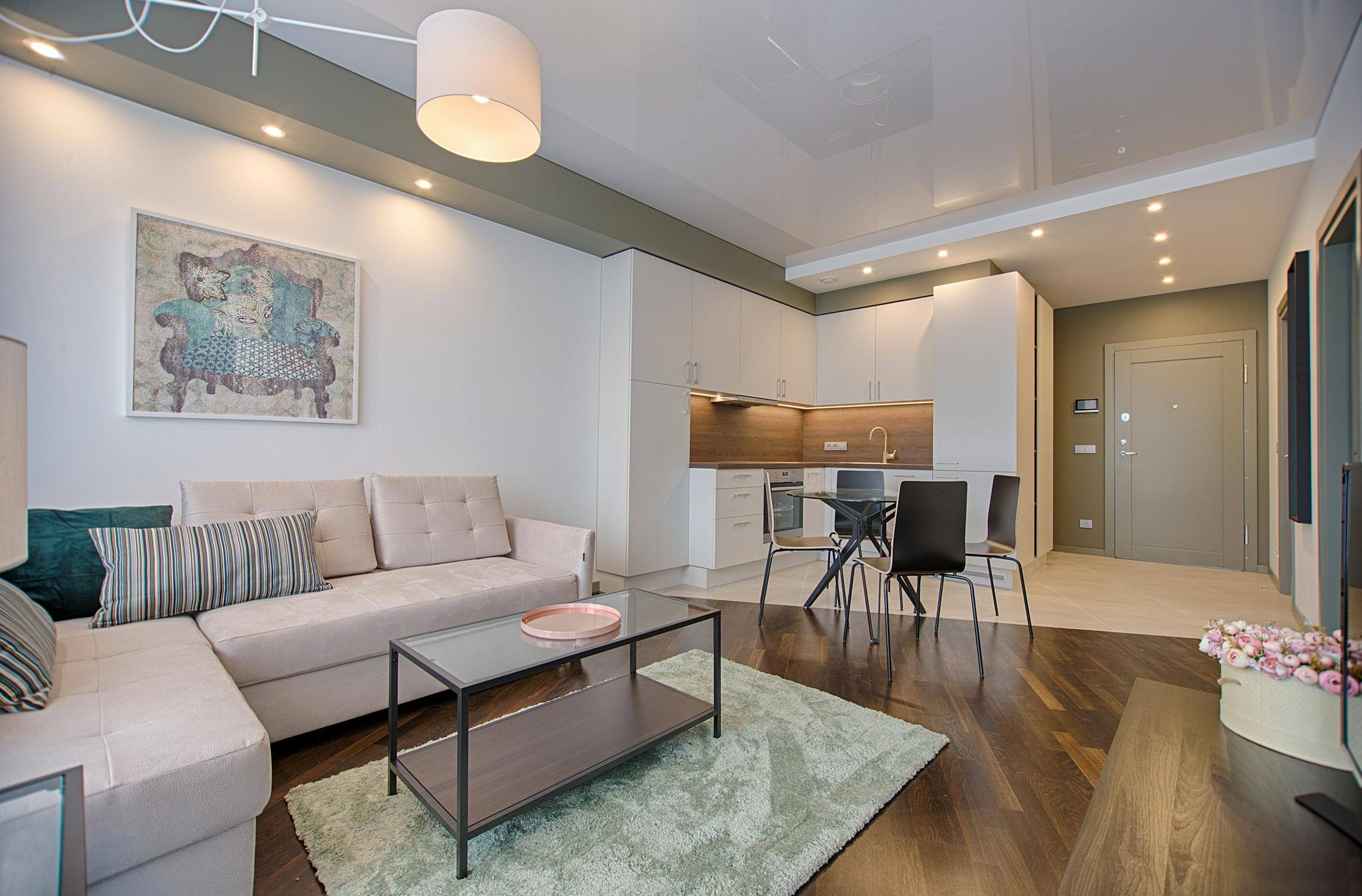Transitioning from a treatment center or inpatient program to everyday life can feel daunting. A sober living home offers a structured, supportive environment where you can practice sobriety skills, rebuild routines, and connect with peers who understand your journey. This guide dives deep into daily life in a sober living home—covering the physical space, house rules, community dynamics, personal responsibilities, and emotional practices you can expect.
1. The Physical Environment
Sober living homes are often repurposed residential properties—single-family houses, duplexes, or small apartment buildings—located in quiet neighborhoods. Expect shared bedrooms or single rooms, communal bathrooms, a kitchen, and a living area designed for group gatherings. Bedrooms are furnished simply: beds, dressers, and sometimes desks. Common spaces might include a living room with couches and a dining table where meals and meetings take place.
2. House Rules and Structure
Structure is key to maintaining a safe, substance-free environment. Typical rules include:
- No alcohol, drugs, or paraphernalia anywhere on the premises.
- Regular drug or breathalyzer testing on arrival and at random times.
- Curfew—often between 10 PM and midnight—and sign‐in/out logs.
- Mandatory chores (cleaning common areas, trash duty, laundry).
- Attendance at daily or weekly house meetings.
3. Daily Routine
A consistent daily schedule helps rebuild healthy habits. A sample weekday might look like:
- 7:00 AM: Wake-up and morning check‐in.
- 7:30–8:00 AM: Group meditation or brief reflection.
- 8:00–9:00 AM: Breakfast and morning chores.
- 9:00 AM–12:00 PM: Work, school, or recovery meetings off-site.
- 12:00–1:00 PM: Lunch at home or nearby.
- 1:00–5:00 PM: Continued personal responsibilities.
- 5:00–6:00 PM: Dinner prep and communal meal.
- 6:00–7:00 PM: Chore rotation and house meeting.
- 7:00–9:00 PM: Sponsor calls, journaling, or group activities.
- 9:00 PM: Wind-down and lights out by curfew.

4. Community and Peer Support
One of the most powerful aspects of sober living is the built-in community. Housemates share accountability: someone notices if you miss a chore or skip a meeting. Sponsored discussions and peer check‐ins offer real-time support when cravings strike. You’ll learn from others’ experiences, celebrate milestones together, and develop friendships based on shared goals rather than shared substances.
5. Personal Growth Practices
Beyond meetings and chores, homes often encourage personal development through daily rituals:
- Journaling: Reflecting on triggers, gratitude, and milestones.
- Meditation or breath work: Five minutes of focused breathing to manage stress.
- Exercise: Group walks, yoga, or a simple home workout routine.
- Creative outlets: Art supplies or music for emotional expression.
6. Rules, Policies, and Accountability
In addition to no‐use policies, expect to agree to:
- Random drug/alcohol tests: Ensures a safe environment.
- Chore chart sign-off: Each task must be completed and signed.
- Meeting logs: Document attendance at recovery groups.
- Sponsor updates: Weekly check‐ins with an assigned mentor.
7. Emotional Challenges and Setbacks
Living in community means navigating interpersonal dynamics—conflicts over chores, noise levels, or schedules. Homes usually offer conflict-resolution protocols: mediation with a house manager or group discussion. If you experience a slip, immediate transparency is essential; the community helps you strategize a rebound plan rather than punishing you with isolation.
8. Moving Toward Independence
The goal of sober living is not indefinite residency but preparation for sober living on your own. As you demonstrate consistent responsibility and stability—you’ll keep a job or schooling, maintain sobriety, and honor commitments—you earn graduated privileges: later curfews, occasional guests, or private rooms. This progression builds confidence and practical skills for long-term success.
9. On-Site Staff and Management
Most homes have a live-in or on-call house manager who:
- Conducts intake interviews.
- Monitors rule compliance and testing.
- Facilitates house meetings and conflict resolution.
- Connects residents with external resources (counselors, medical care).
10. Learning to Thrive in Community
Key skills you’ll develop include:
- Effective communication: Voicing needs respectfully.
- Time management: Balancing work, meetings, and self-care.
- Financial responsibility: Budgeting for rent, utilities, and groceries.
- Self-advocacy: Asking for help when overwhelmed.
11. On-Topic Video: A Day in a Sober Living Home
12. Tips for a Successful Stay
To make the most of your time:
- Be proactive: Volunteer for extra chores or group roles.
- Show up early: Arrive ahead of meetings to build rapport.
- Ask questions: Clarify policies rather than assuming.
- Practice empathy: Offer support as freely as you receive it.
- Track milestones: Celebrate each sober day and personal win.
13. Transitioning Out
When you’re ready to move on—after 3 to 12 months in most programs—you’ll create a transition plan:
- Select safe housing options (roommates in recovery, sober apartments).
- Secure employment or educational enrollment.
- Identify ongoing support (meetings, sponsor, therapy).
- Maintain a daily routine and self-care rituals.
14. Closing Thoughts
Living in a sober living home is both a challenge and a gift—a bridge between structured treatment and independent life. You’ll find safety in rules, growth in responsibility, and strength in community. By embracing the opportunities—chores, meetings, personal rituals—you lay a firm foundation for a sober, fulfilling future. Each day in the house is a step toward reclaiming your life and rebuilding hope.

Post a Comment